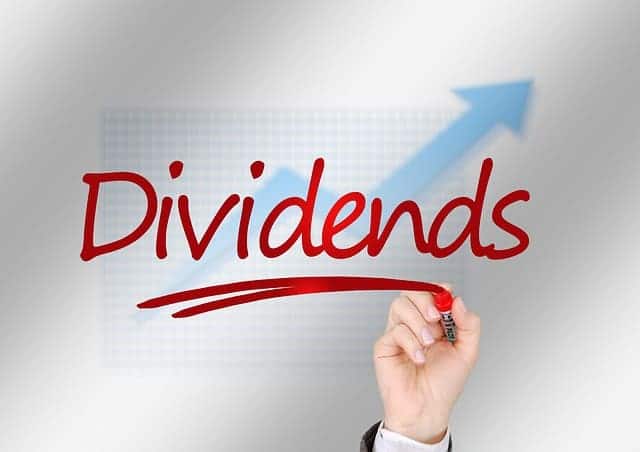Everybody loves a big fat juicy dividend, but size counts for nothing if it isn’t sustainable.
Before deciding whether to buy or sell any dividend stock, you might want to take a close look at what underpins that payout.
An old rule of thumb was that if the dividend was 1.5 times greater than typical government bond yields, it might be a little risky, but that’s obsolete in today’s low interest rate world.
UK online platform AJ Bell has listed four more factors that might work as a better guide, for those happy to do a few sums. Let’s take a look at them.
Earnings cover
This is calculated as the forecast earnings per share (EPS) divided by the forecast dividend per share (DPS).
It is expressed as a ratio and ideally cover should exceed 2.0 times.
Anything below 2.0 needs to be watched and a ratio under 1.0 suggests danger, although — as with every rule — there are exceptions. The danger is limited where a company has strong free cash flow and a robust balance sheet, or enjoys steady demand (for example, a utility company).
Operating free cash flow cover
To find this, you may have to dig a little deeper into the accounts, focusing on the cash the company generates and uses to fund its dividend.
The first step is calculate operating free cash flow (OpFcF), which is net operating profit minus tax, then plus depreciation and amortisation, then minus both capital expenditure and the increase in working capital.
That does sound complicated and we’re not done yet. Next, take the OpFcF and divide it by the actual cash value of the dividend, which is the number of shares in issue, multiplied by the forecast dividend per share.
The higher the ratio, the safer your dividend should be.
Debt and cash on the balance sheet
Highly indebted firms face a double squeeze because they have to pay interest on their liabilities, and also repay the debt at some point. At some point, the dividend may have to give.
So you need to check the firm’s balance sheet to find out its gearing, or net debt/equity ratio.
This is calculated as short-term borrowings plus long-term borrowings plus pension liabilities, minus any cash equivalents.
You take your figure, divided by shareholders’ funds, then finally multiply it by 100 so that the figure is expressed as a percentage.
A positive figure shows the firm has net debt, a negative one net cash. The lower the gearing ratio, the stronger the balance sheet (again, companies such as utilities with predictable cash flows can bear more debt than others).
Interest cover
This will also give you a picture of whether a company is financially sound.
Add the operating income and interest income together, then divide it by the interest expense.
The higher the ratio, the better. Anything below 1.5 times is a worrying sign, with a ratio of 2.0 times or more ideal. This shows the company has a buffer, or margin of safety.
Doing your sums can really pay off in the long run!








